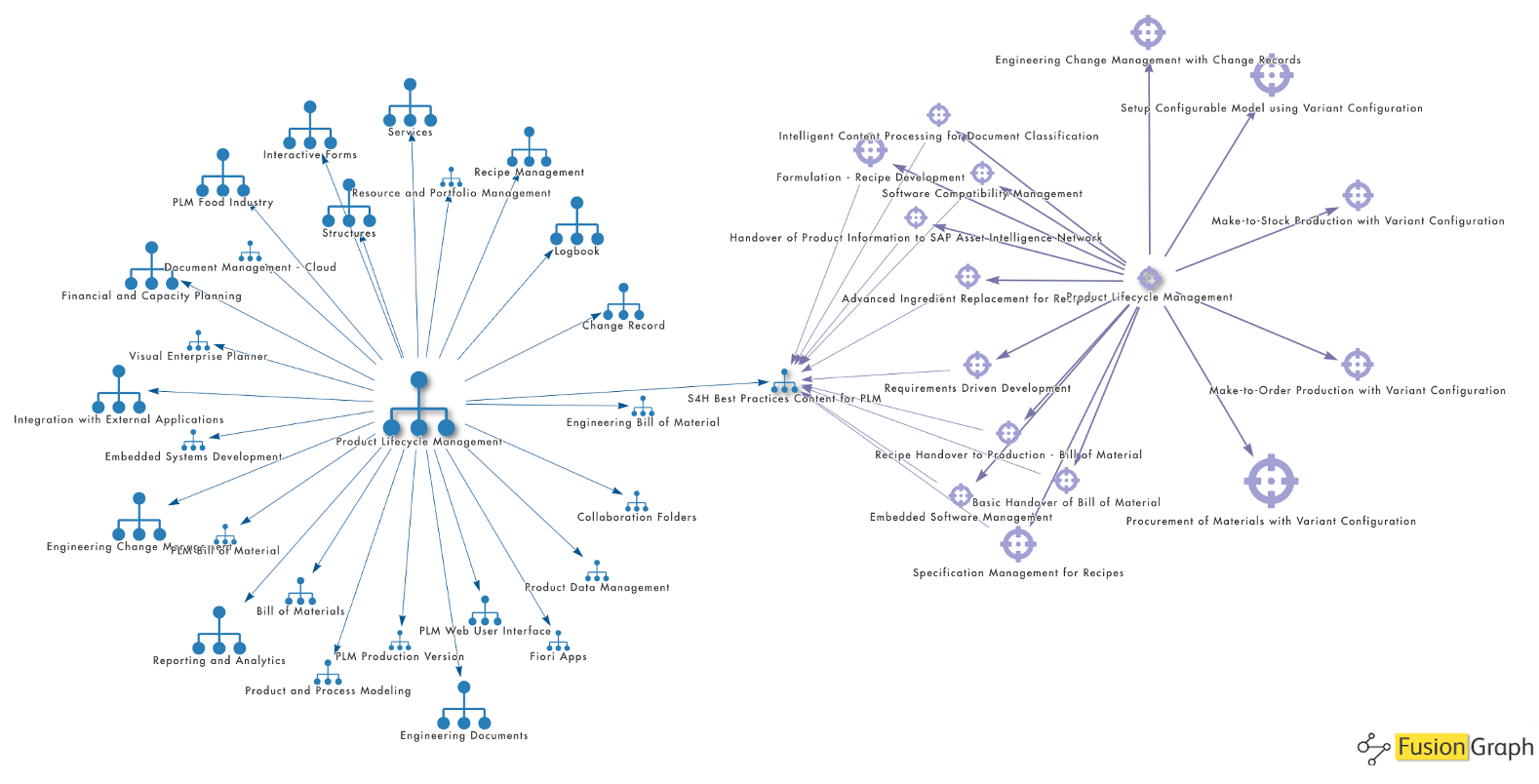Product Lifecycle Management (PLM) in SAP S/4 HANA is a module that supports the management of products from ideation to obsolescence. It is a comprehensive solution that helps businesses optimise their product development processes, reduce time-to-market, and ensure compliance with regulatory requirements.
Some of the key features of Product Lifecycle Management in SAP S/4 HANA include:
- Product Data Management (PDM): SAP S/4 HANA PLM enables users to manage all product-related data in a centralised repository, including CAD files, specifications, and bills of material (BOMs).
- Product Structure Management (PSM): With PSM, users can define and manage the structure of their products, including their BOMs, routings, and work instructions.
- Engineering Change Management (ECM): ECM in SAP S/4 HANA allows users to track and manage changes to product designs, specifications, and other related data.
- Variant Configuration Management (VCM): VCM enables users to manage complex product configurations and variations, allowing them to quickly create and update customised products.
- Quality Management (QM): SAP S/4 HANA PLM provides extensive quality management capabilities, including quality planning, inspection planning, and defect management.
- Project Management (PM): With PM, users can plan and manage projects related to product development, including task management, resource allocation, and budgeting.
- Document Management (DM): DM in SAP S/4 HANA allows users to manage all product-related documents, including drawings, manuals, and specifications.
What benefits does Product Lifecycle Management in SAP S/4 HANA provide to your organisation?
- Improved Collaboration: With PLM, teams from different departments and locations can collaborate seamlessly on product development, design, and production, resulting in faster time-to-market.
- Reduced Costs: PLM helps organisations to minimise the number of product iterations and design errors, leading to lower development and production costs.
- Increased Efficiency: By providing a centralised repository for all product-related data and documents, PLM helps to reduce the time and effort required for data management, enabling employees to focus on more value-added activities.
- Better Product Quality: PLM allows organisations to establish standardised product development and testing processes, leading to better product quality and higher customer satisfaction.
- Improved Regulatory Compliance: With PLM, organisations can ensure that their products comply with regulatory requirements, reducing the risk of non-compliance penalties.
- Enhanced Visibility: PLM provides real-time visibility into product data and processes, allowing organisations to make informed decisions based on accurate and up-to-date information.

With the help of FusionGraph it's easy to discover and understand new functionality like this and add it to your business case for S/4HANA migration.
Click the link the request a demo.



.png)
